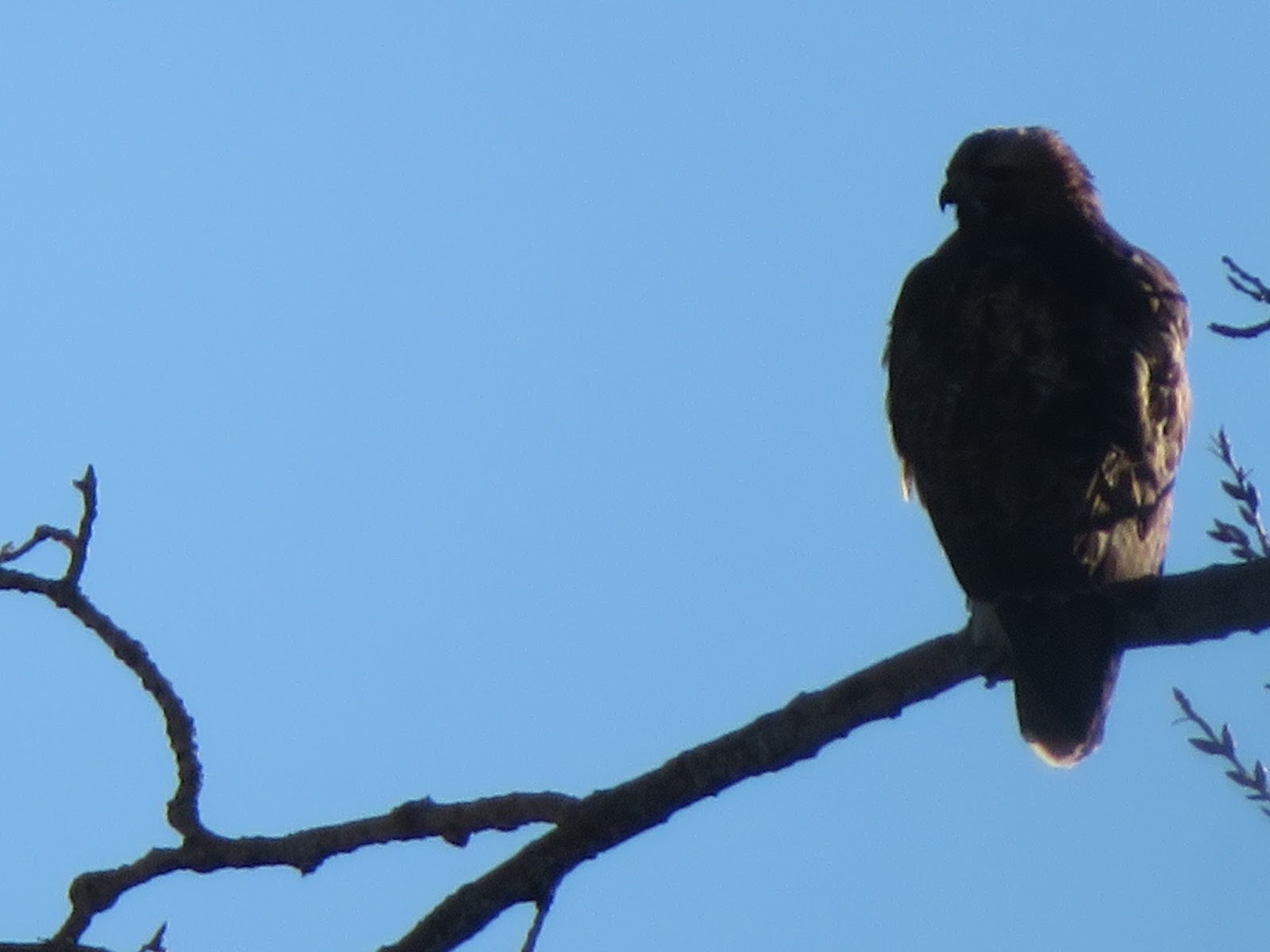Nature is always changing and it can be important to remember that we can only see a small part of how those changes occur.
Some things are familiar though. For instance, the relish on the face of this young porcupine as it chows down on elm buds looks very familiar to those who have had small children and cheerios!
the appearance of insects has drastically changed the types and behaviours of the birds that are around. Many birds are acting a lot more flustered and territorial. This insectivorous phoebe is perched and ready for action, even though it seems all relaxed.
small beaked birds specialize in these small non biting midges. But they do need to eat large numbers, but the flip side is that there is a plentiful supply of these insects.
this fly looking insect is actually a type of moth, with narrow wings. The variety of night time insects has definitely increased, and the insect hunting insects like spiders will not be far behind.
flies are popping out of the ground, and are in a big hurry to get off the ground and into the air before they get eaten.
after complaing all winter how hard it is to get a flicker to hold still, it was pretty startling to see them all over the side of clear ditch today, snacking on slow moving flies and termites!
there were crazy numbers of robin out hunting on the open ground, too.
but I have no idea why this great heron was also on the ground, their perching spot is usually high up in the trees. This one had just been chased by an off leash dog, as well.
but there were plenty of the usual players out in the woods. This other great blue heron was in his usual spot.
as was the large female red tailed hawk who seems to have claimed this area.
The mallards are certainly more feisty, and there was a lot of tail pulling and squawking going on in the informal small groups.
I finally got a nice picture of the wood duck who moved in. The large water body by the treatment plant on Alameda has a bigger collection of animals. But Corrales still has some nice gems.
this photo shows a lot of the holes left by the foraging birds. Until this week, most of the birds had been hunting for moths in the leaf litter, but their behaviours have changed, seemly overnight.
this is a totally different type of hole, and looks like a cicada emergence hole, there are still carapaces left from last year's group as they molted on the trunks of trees.
also from last year are these bark beetle emergence holes in the softwood trees. These attract all those woodpeckers who are rapping on the tree trucks now to establish territory.
this sapling is a juniper, apparently. I have my doubts, but just about everyone knows more about plants than I do.
I was finally able to witness a migration north of Canada geese. They make a lot of noise as they figure out who flies where in the caravan.
There is always some stragglers, it seems.
As well as early arrivals. Last year these killdeer arrived during the summer and ate my early tadpoles.
this green plant could be pigweed, or tumbleweed. I have no idea at this point and inaturalist is surprisingly unhelpful.
it was interesting watching the ducks feeding on the shores (I think for small snails)
and also dabbling (likely for plant matter and aquatic insects)
while other insects are not out yet, their evidence is all around us. Here is a nest of mud dauber wasps on a bridge.
this nest belongs to paper wasps and is about a year old, judging by the rate of growth of the one growing on my house. All the cells have hatched, so this is an old nest.
the clear ditch travels under Alameda and on the other side there is a whole different world, that seems to be inhabited by muskrats. I couldn't catch a picture, but the number of bank holes was awesome. It was a built up area, but much less foot traffic, so would be ideal for these shy mammals.
I was in a new area trying to see the roosting sites for all the gulls that were in the area. Of course, I forgot my zoom camera, so another trip will be needed.
they are in the area because of the deeper water created by this man-made barrier. Either because of safety, or attracted by the bigger fish that can be found in this area, I don't know yet.



















































